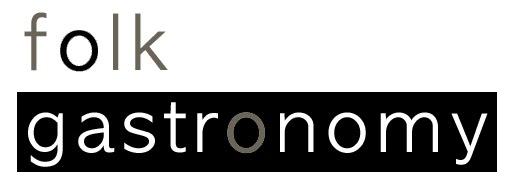[image: ideas made of light | le blanc seing- the blank check, by rene magritte 1965]
the move away from classic models in both art and science has helped illuminate some of the ways we go about thinking. one example was recognizing the fallacy of reducing perception to reception- we don't need to feed our brains a complete set of inputs for it to construct a clear output. in the case of magritte, entire slices are missing from the surreal le blanc seing. we undoubtedly recognize both the agency- the woman on the horse, and the field- the forest and the composition as a whole. while we recognize this field is spatially impossible, we are able to fill in the blanks and identify the agent by a process known as the binding problem. magritte has achieved this using the rubric of occlusion and closure.
transposing this technique, viz. occlusion, onto the world of wine suggests a similar rebuttal of the classical model of reducing perception to reception. biochemist and winemaker frederic brochet conducted a series of experiments where he explored the relationship of the visual sense to the chemosensory- smell and taste. what he discovered is that chemosensory data is often occluded by visual data- the brain recognizes both but prioritizes sight. the visual cues brochet examined, wine's color* and the label, tell the brain something very convincing, albeit fragmented, two-dimensional transmissions. the brain then fills in the rest, rendering both the wine and the painting to functional isotopes of our memories and a paradigm for the senses.
*of the polyphenols present in red wine, anthocyanins may have incidentally ascended the gustatory hierarchy, reigning temporarily supreme over tannins in the sensory meritocracy.
transposing this technique, viz. occlusion, onto the world of wine suggests a similar rebuttal of the classical model of reducing perception to reception. biochemist and winemaker frederic brochet conducted a series of experiments where he explored the relationship of the visual sense to the chemosensory- smell and taste. what he discovered is that chemosensory data is often occluded by visual data- the brain recognizes both but prioritizes sight. the visual cues brochet examined, wine's color* and the label, tell the brain something very convincing, albeit fragmented, two-dimensional transmissions. the brain then fills in the rest, rendering both the wine and the painting to functional isotopes of our memories and a paradigm for the senses.
*of the polyphenols present in red wine, anthocyanins may have incidentally ascended the gustatory hierarchy, reigning temporarily supreme over tannins in the sensory meritocracy.




No comments:
Post a Comment